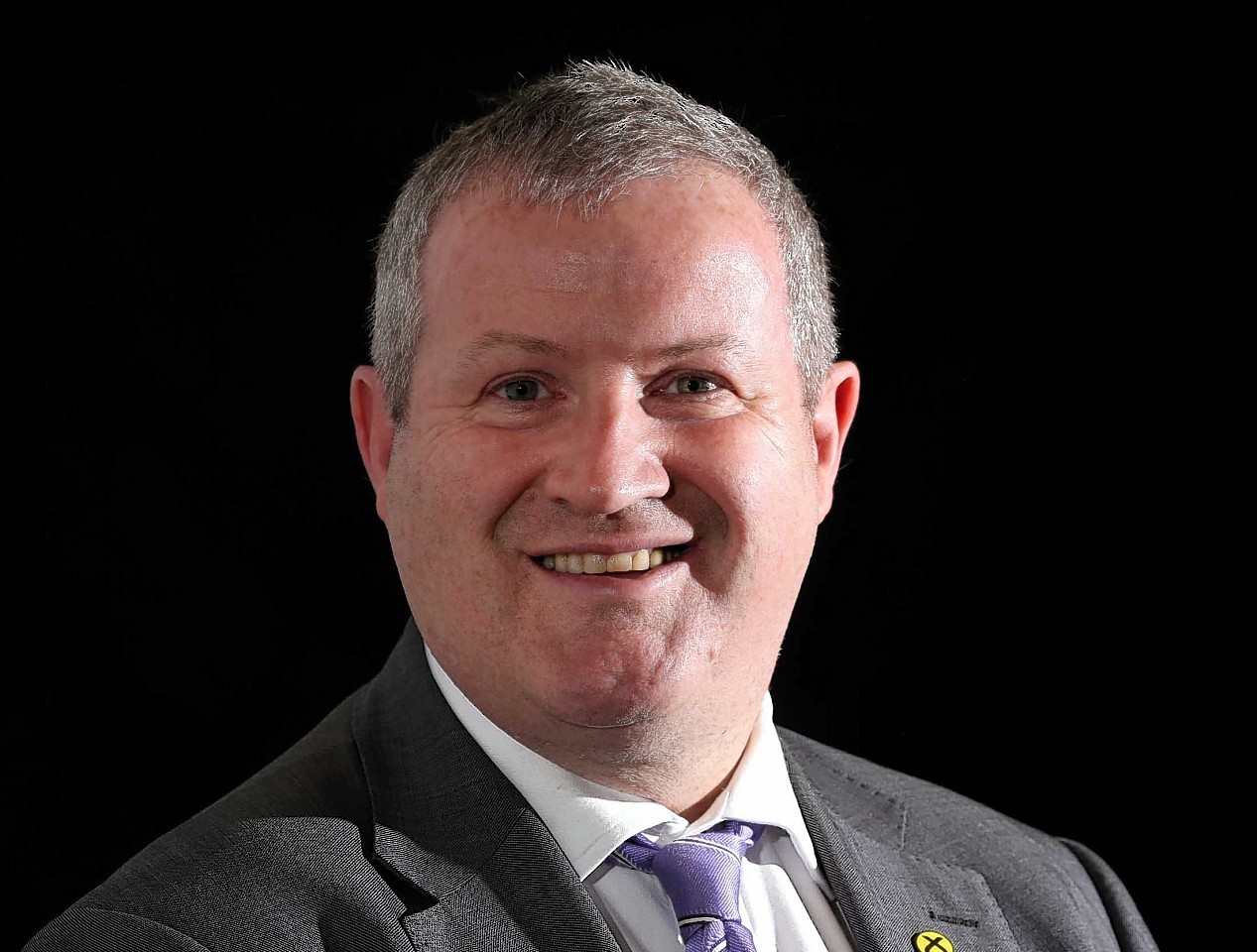Two Highland MPs could find themselves battling for the same seat in 2020 after proposed changes to Scottish Westminster constituencies were unveiled.
Under the plans – part of a wider package to cut the Commons from 650 to 600 MPs – the region would lose a representative.
If the redrawn map is approved, Paul Monaghan’s constituency (Caithness, Sutherland and Easter Ross) would be extended southwards and renamed Highland North.
It would take in a significant chunk of Ian Blackford’s Ross, Skye and Lochaber constituency and a small portion of Drew Hendry’s Inverness, Nairn, Badenoch and Strathspey seat.
Some of the southern part of Mr Blackford’s seat would be added to the Argyll and Bute constituency, which would be renamed Argyll, Bute and Lochaber county.
The changes also propose combining Nairn, currently represented by Mr Hendry, with Angus Robertson’s Moray constituency and renaming it Moray and Nairn county.
The remaining area currently represented by Mr Blackford and Mr Hendry would be merged into one new constituency (Inverness and Skye county) stretching from the Isle of Skye in the west to beyond Grantown in the east.
If the changes go ahead, one of them would be left without a seat to defend at the next general election.
Mr Blackford insisted it was not about individuals, but ensuring appropriate democratic representation for the Highlands.
He also said the Boundary Commission for Scotland had not taken into consideration the area’s challenging geography.
The proposals aim to cut Scotland’s MPs from 59 to 53 and minimise variations in the size of electorates.
Legislation requires constituencies to be within 5% of the UK electoral average or “quota” of 74,769. In other words, each seat should be no smaller than 71,031 voters and no larger than 78,507.
Orkney and Shetland and the Western Isles, where the electorates are 33,229 and 20,877 respectively, are exempt from the rule.
Exceptions can also be made for a constituency with fewer than 71,031 electors if it is larger than 12,000sq kilometres (4,6miles) .
Mr Blackford said: “We should remain with four Highland seats. I don’t think it’s right the number should be cut.
“They are making it very difficult for people throughout the region to be accessible to their MP. This isn’t right just to meet the criteria.”
Using the proposed Argyll and Bute extension as an example, he pointed out it was 189 miles from the Mull of Kintyre – the constituency’s southern tip – to Mallaig, one of the most northerly points within the new boundary, a journey which takes about four hours and 45 minutes by car.
It is possible to drive from London to Newcastle in approximately the same time.
Lord Matthews, the commission’s deputy chairman, described the proposals as “a good implementation of the rules set by parliament”.
But SNP Westminster leader Mr Robertson branded them “unacceptable”, particularly in the context of the “bloated” House of Lords.
He said: “At a time when Scotland already faces a deep and growing democratic deficit, with a Tory government that we didn’t vote for imposing increasingly right-wing policies against our will, it is vital that the Scottish people have strong elected representation at Westminster to stand up for Scotland’s interests and to hold the UK Government to account.”
The impact of the suggested changes would appear to be more limited in the north-east, with Aberdeen South staying broadly the same.
Meanwhile, Aberdeen North and Banff and Buchan would both be expanded.
A new constituency called Gordon and Deeside county would take in most of Alex Salmond’s seat (Gordon) plus West Aberdeenshire, currently represented by Stuart Donaldson.
The southern section of his constituency would be merged with part of eastern Angus.
